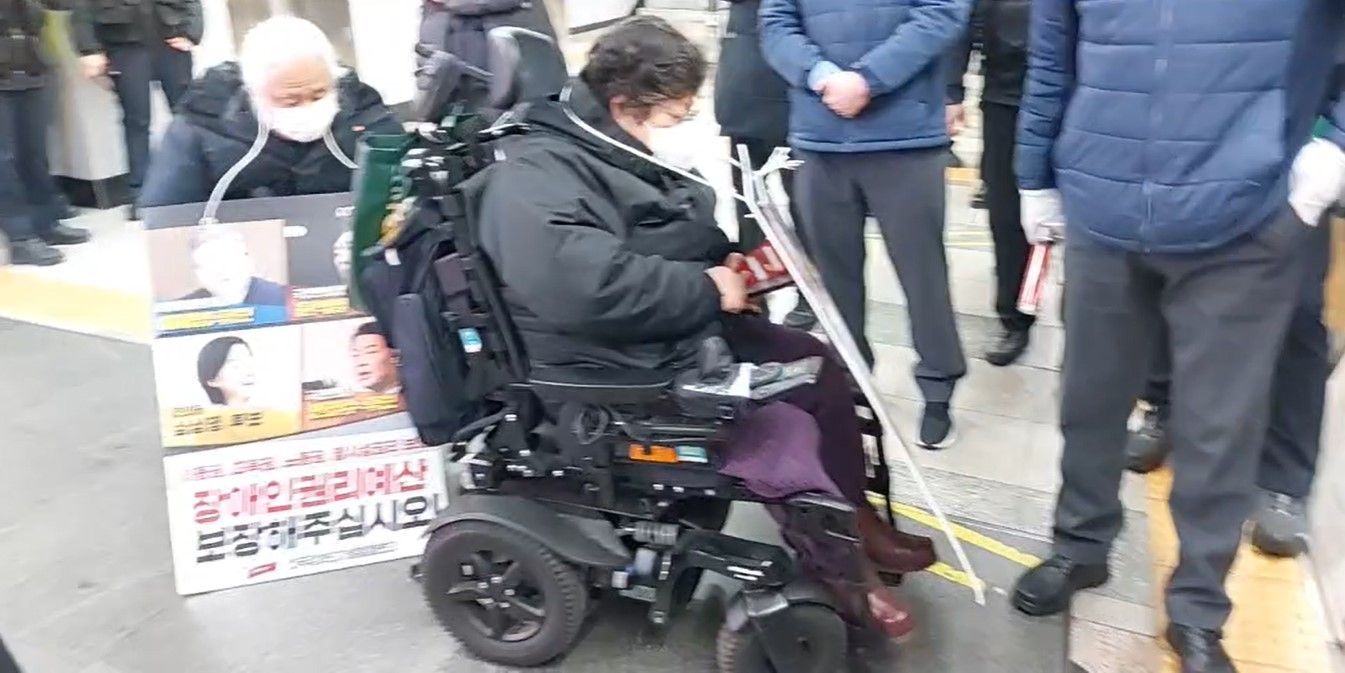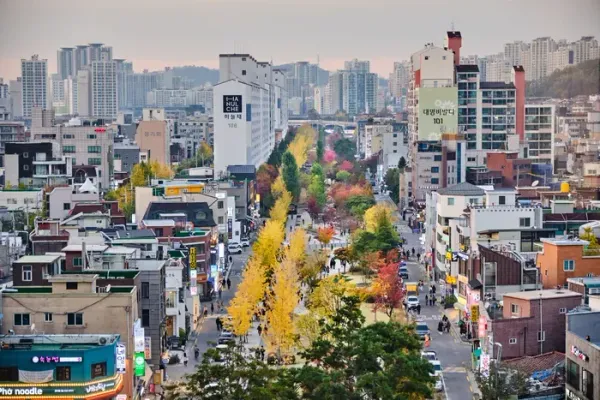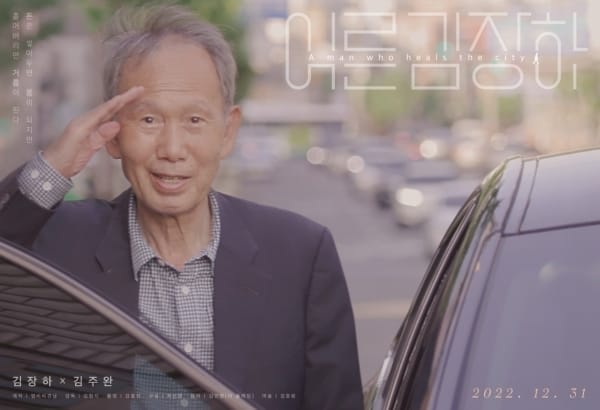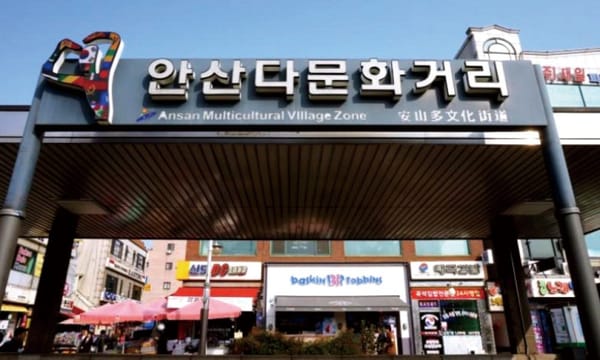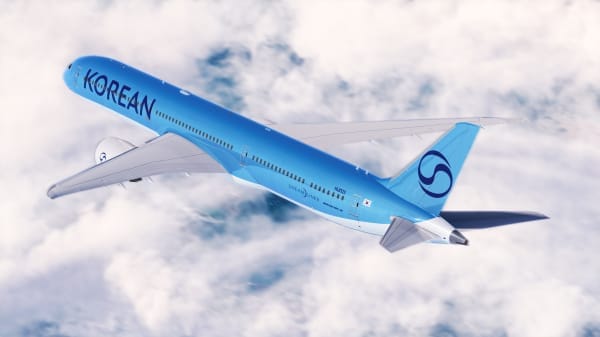Photo: Disability rights activists protest for mobility rights in Seoul's subway. Credit: Solidarity Against Disability Discrimination.
Asthe protest by disability rights groups in Seoul’s subways continue, there is renewed attention on the inaccessibility of South Korea’s public spaces. (See previous coverage, “Disability Rights Groups Protest.”)
According to a 2020 study by the Ministry of Land, Infrastructure and Transport 국토교통부, only 72.1% of South Korea’s transit infrastructure - including modes of transit like subways as well as access to those modes of transit such as bus terminals and walkways - provide for disability access.
Accessibility varies wildly depending on the particular mode of transportation. The village bus 마을버스, for example, is a short-route bus that usually handles the last-mile travel from subway to neighborhoods, but 0% of the village buses are equipped with the reclining system that lowers the bus for the disabled passenger to board. None of the express buses 고속버스, which connect distant cities, have any seats equipped for the disabled. Getting to transit is also a challenge: only 35% of bus stops have the low thresholds for wheelchairs to pass, for example.


